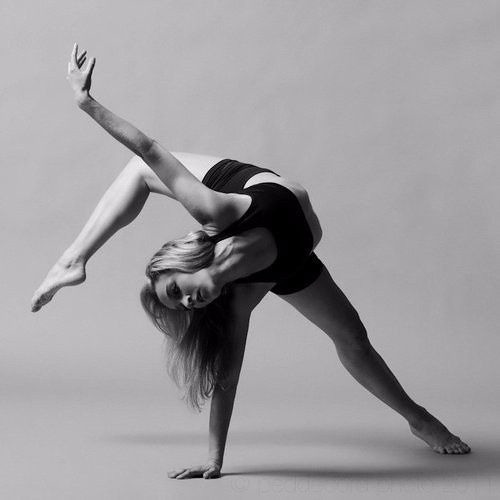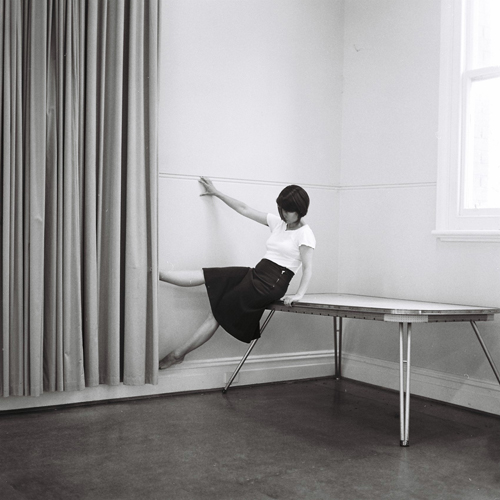What is performative photography?
‘Contrary to this idea of the photograph as a trace of something that has passed, in Performative Photography, the camera instead becomes an instrument of human experience, including the discovery, tracking and recording of a contemporary event.’
Performance was seen as distinctly separate from art that could be collected and shown by art museums in the 1960s. Performance was seen live and it was challenged as a traditional notion of art by more modern styles of art developing. However today performance has evolved to be seen as more a set of strategies accessible to modern artists, one that is not inherently different from other art forms and not beyond what a museum can show.
Performance arts had a fundamental role in the 20th century and consists of five simple elements: time, space, body, and presence of the artist, and the relation between the creator and the public. The main goal of performative art is to create a reaction, occasionally with the assistance of improvisation and a sense of aesthetics. Themes are used in these types of art, life experience is typically a common theme, or the need of denunciation or social criticism with the spirit of change.
Clare Rae and Francesca Woodman both use performative photography to present themselves and their ideas through photos. They present themselves in a style that matches with preforming arts such as contemporary dance. Woodman especially shows this through the movement and captured time in her long exposure images. The idea of performing for their art to present themselves and their thoughts that strongly represent feminism.
Contemporary dance compared with Rae:




Rae holds a similar style to this, showing how performing arts links with performative photography and that over time the two have joined to present the human experience and record time and beliefs.
